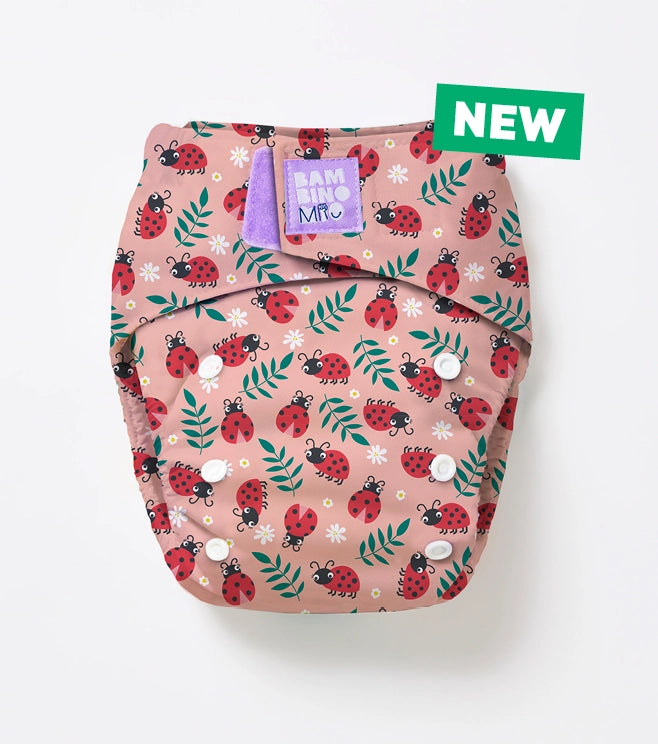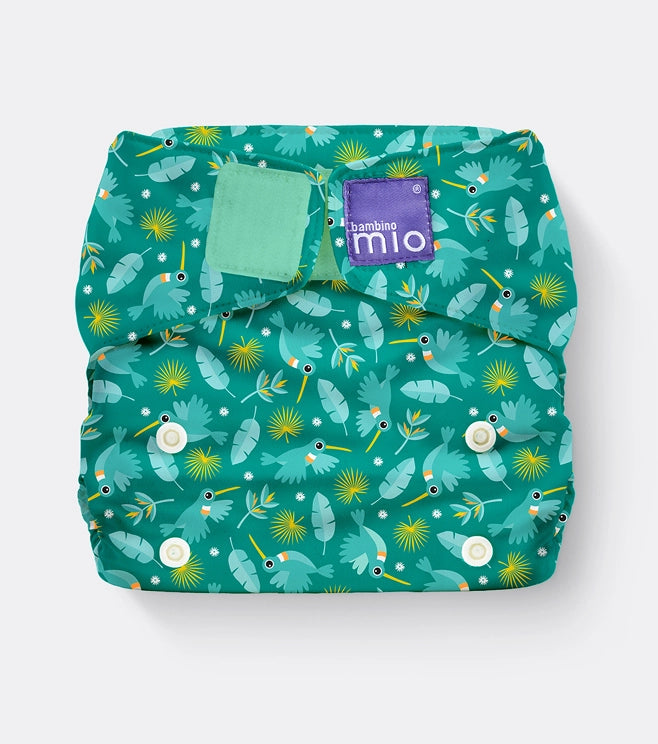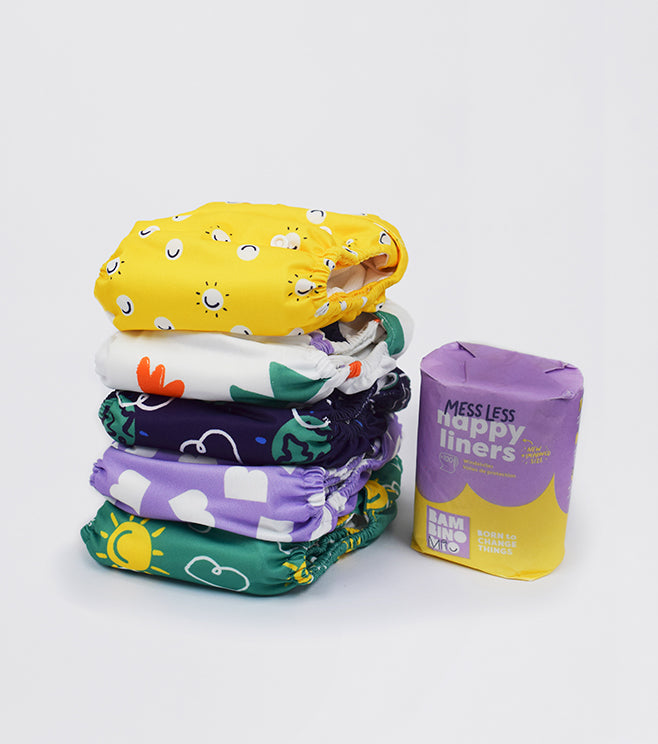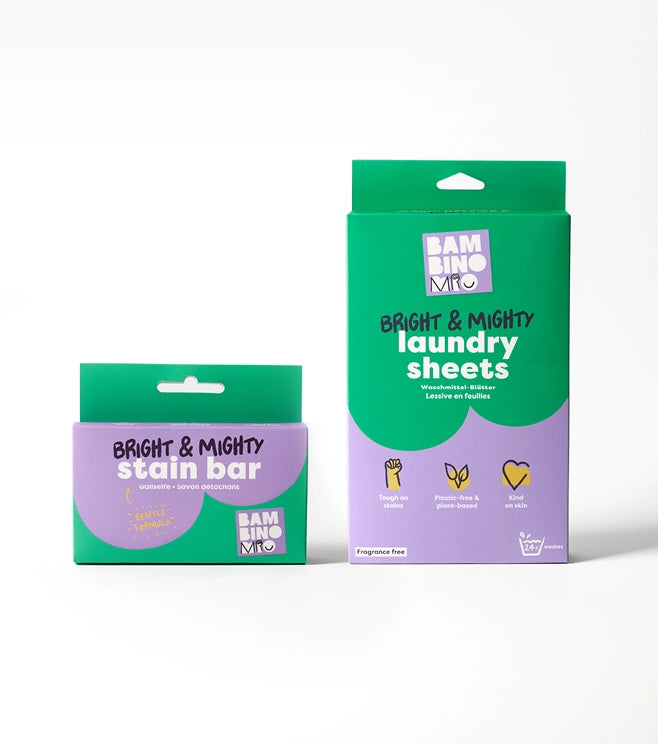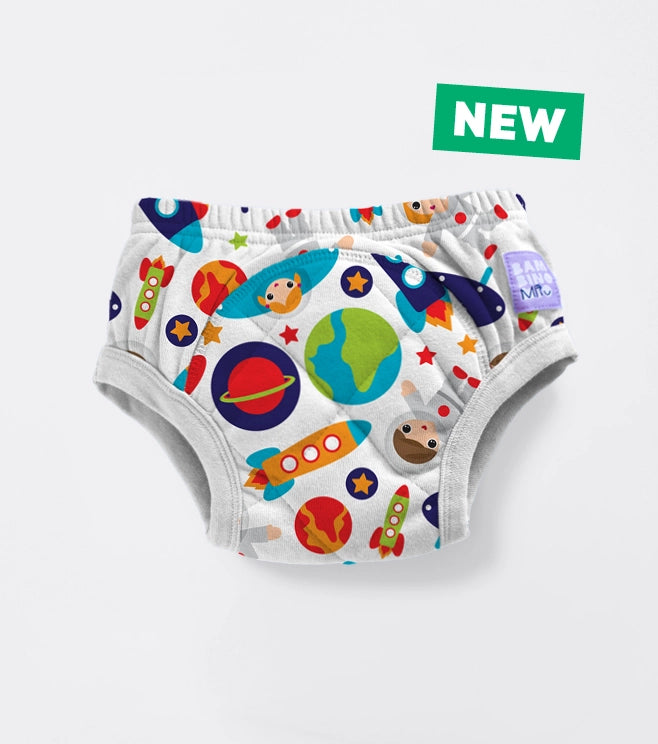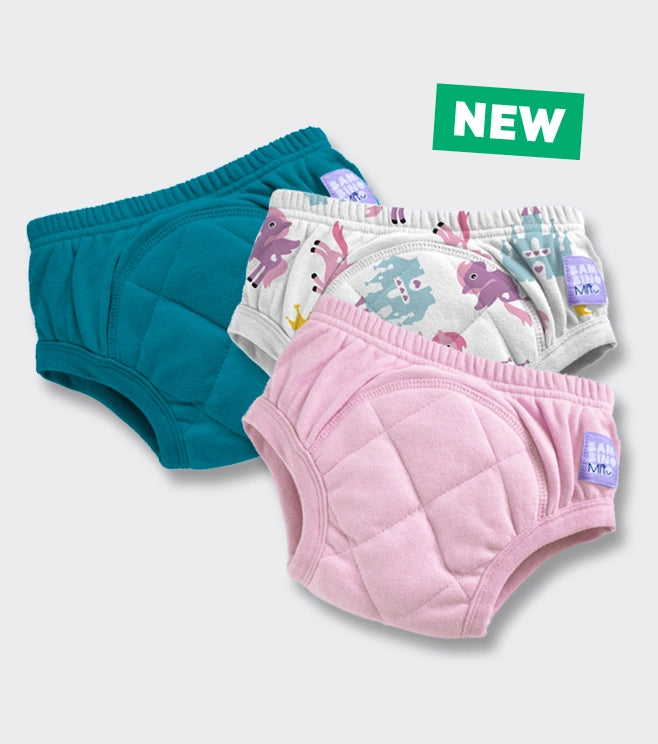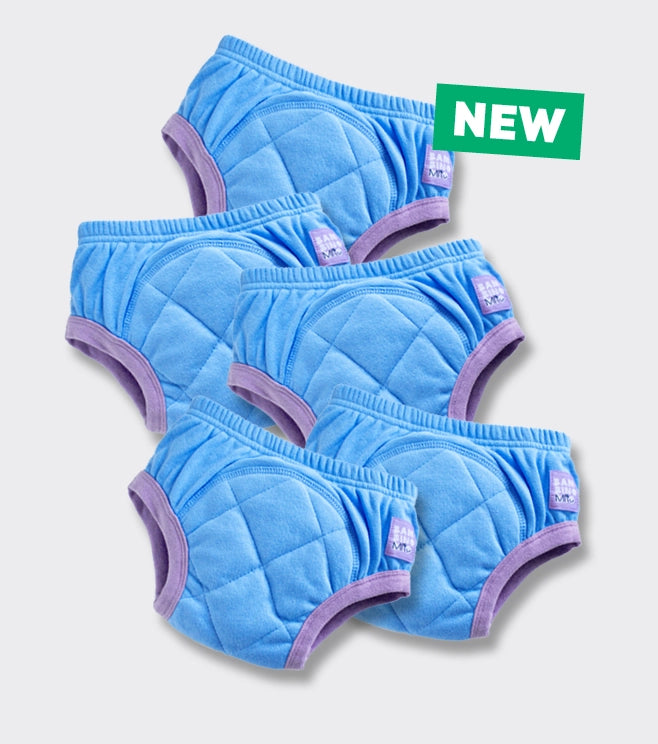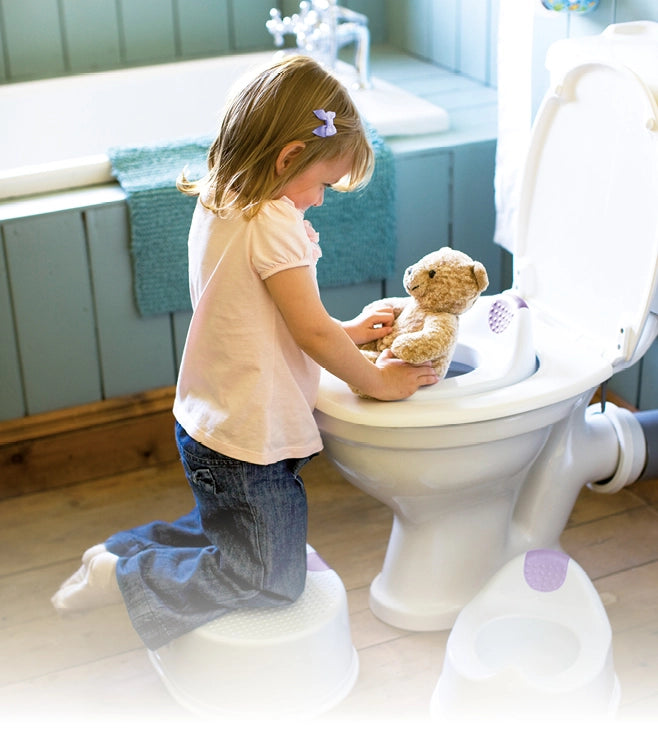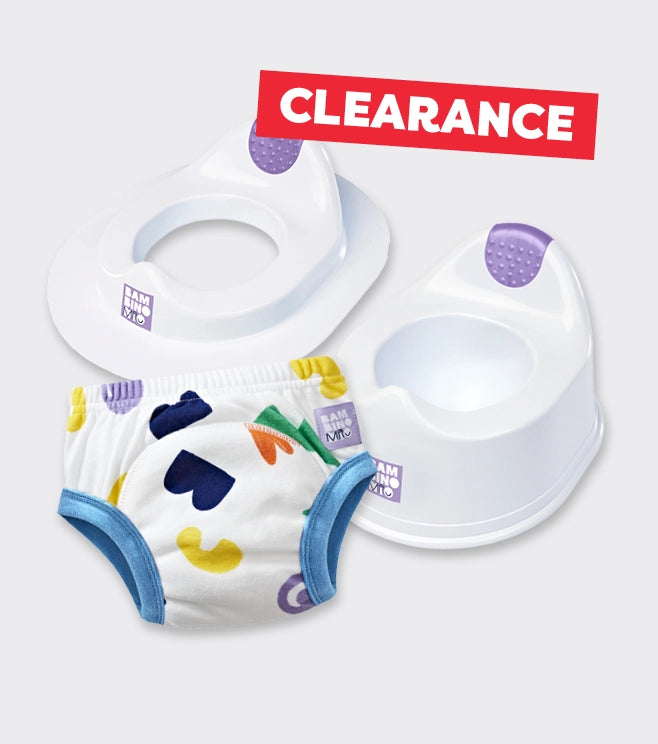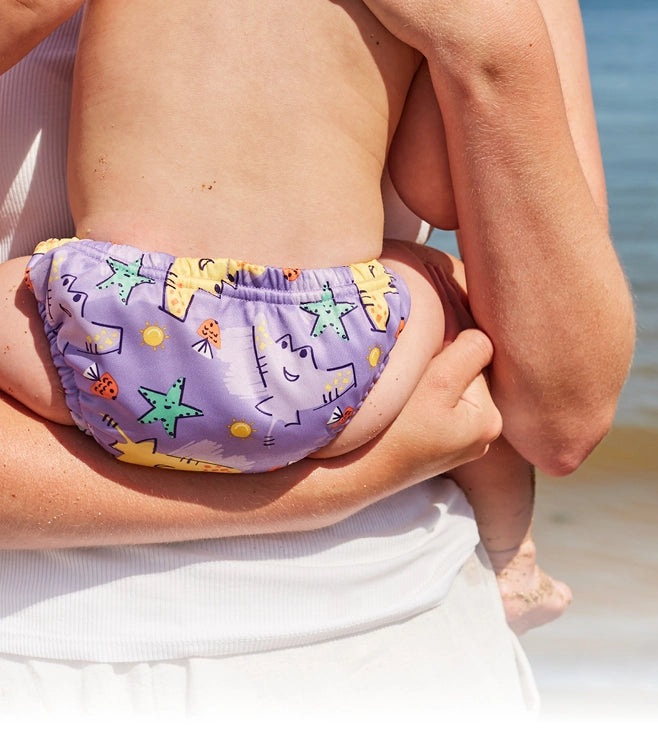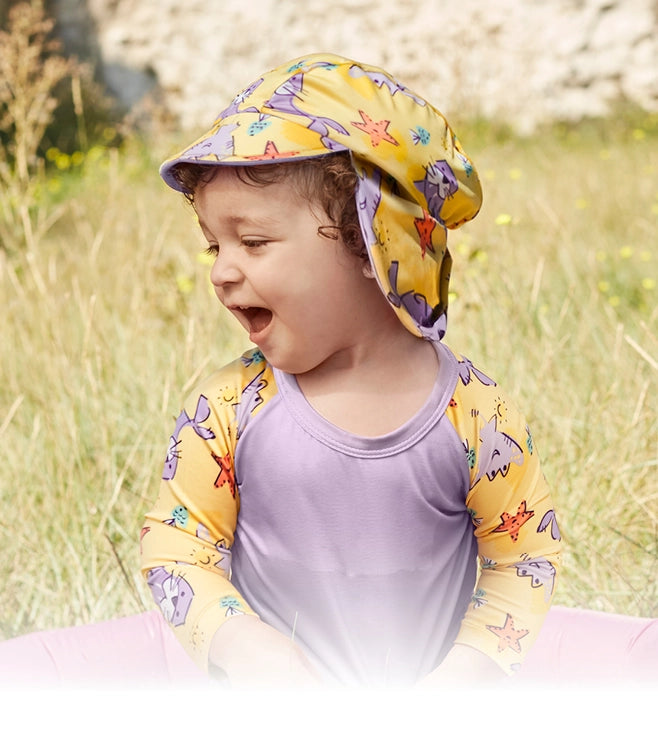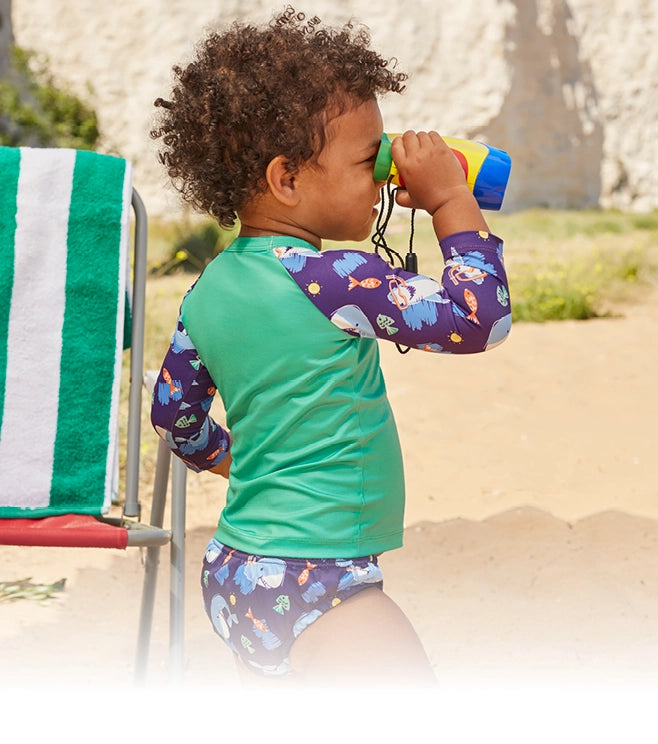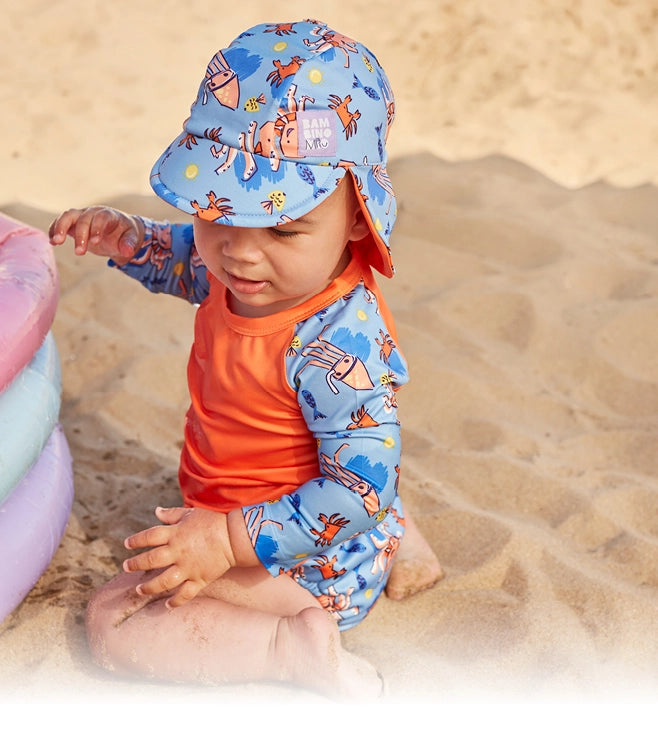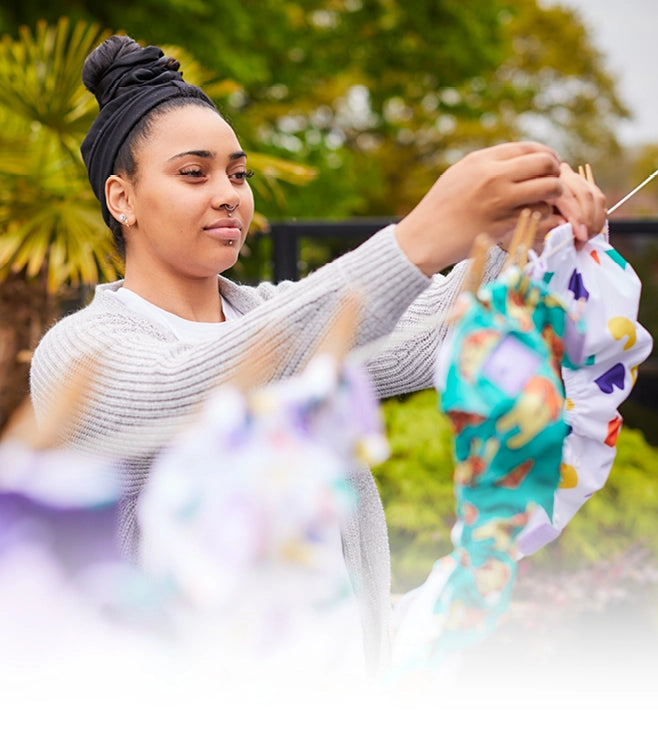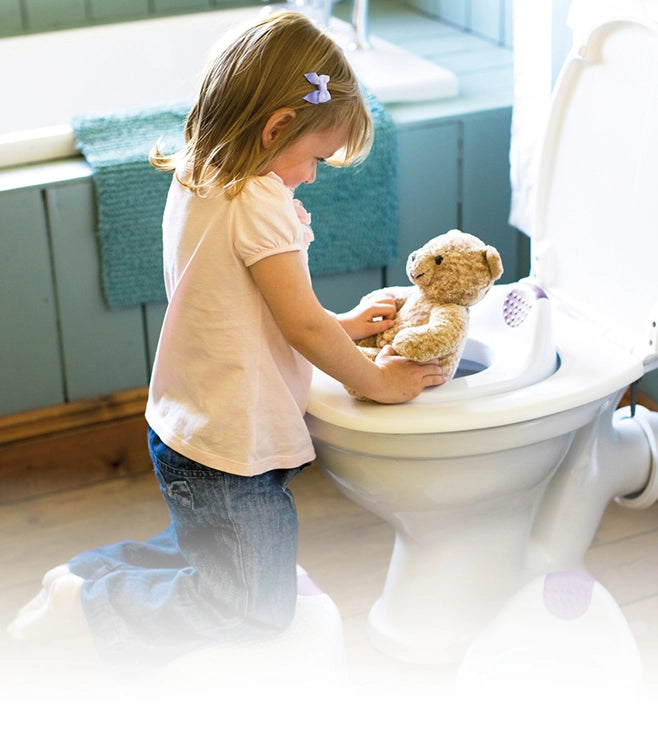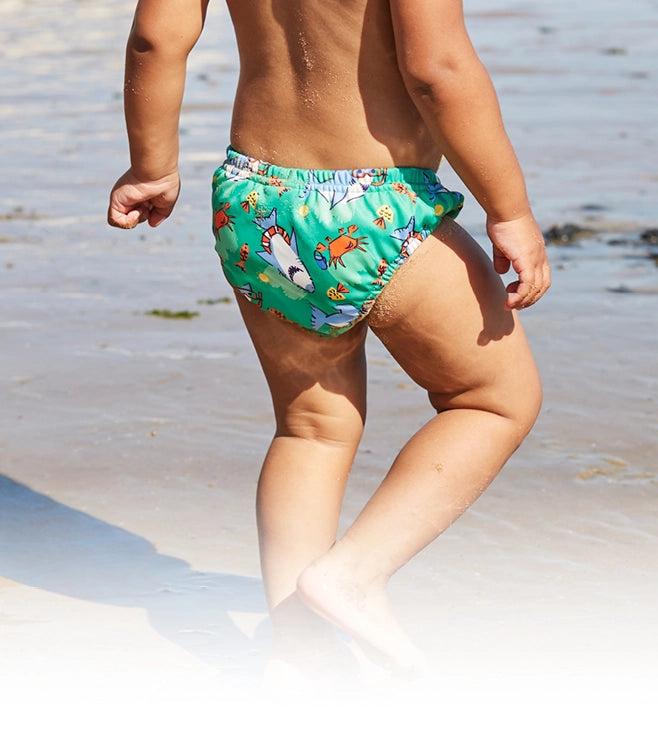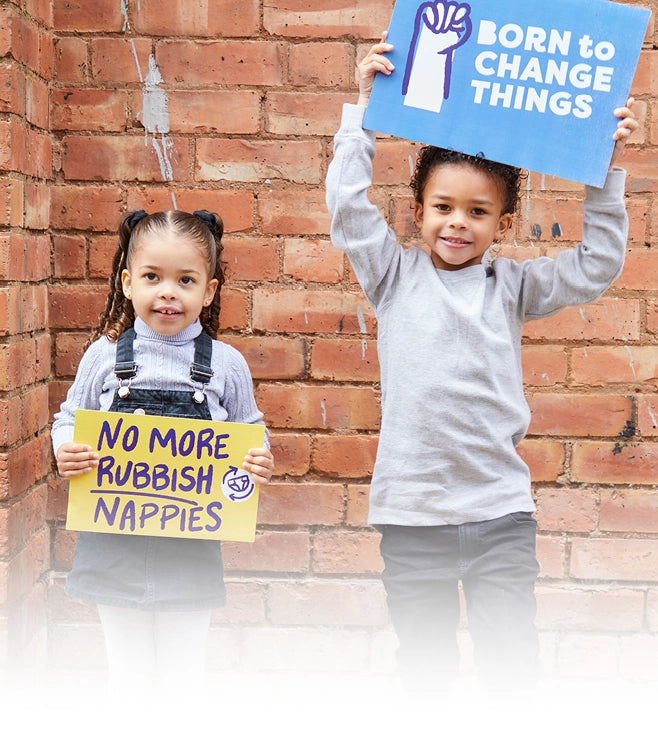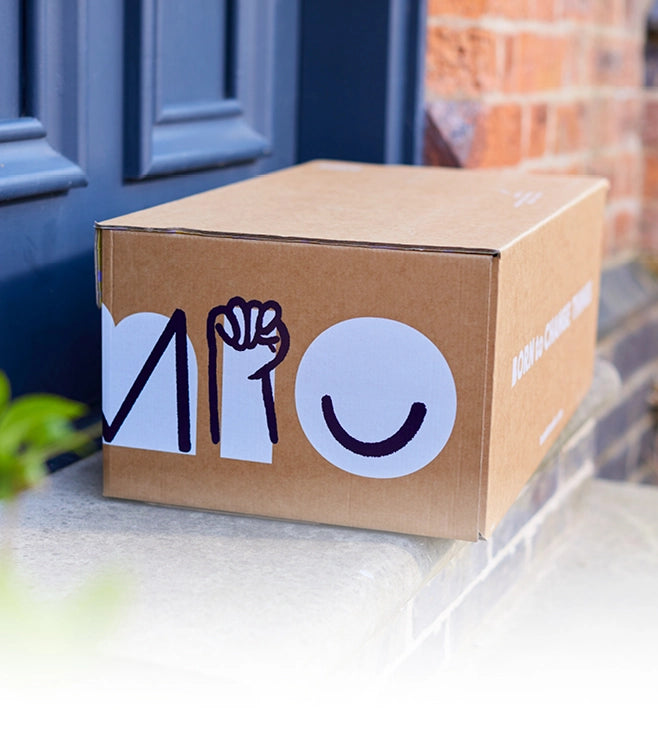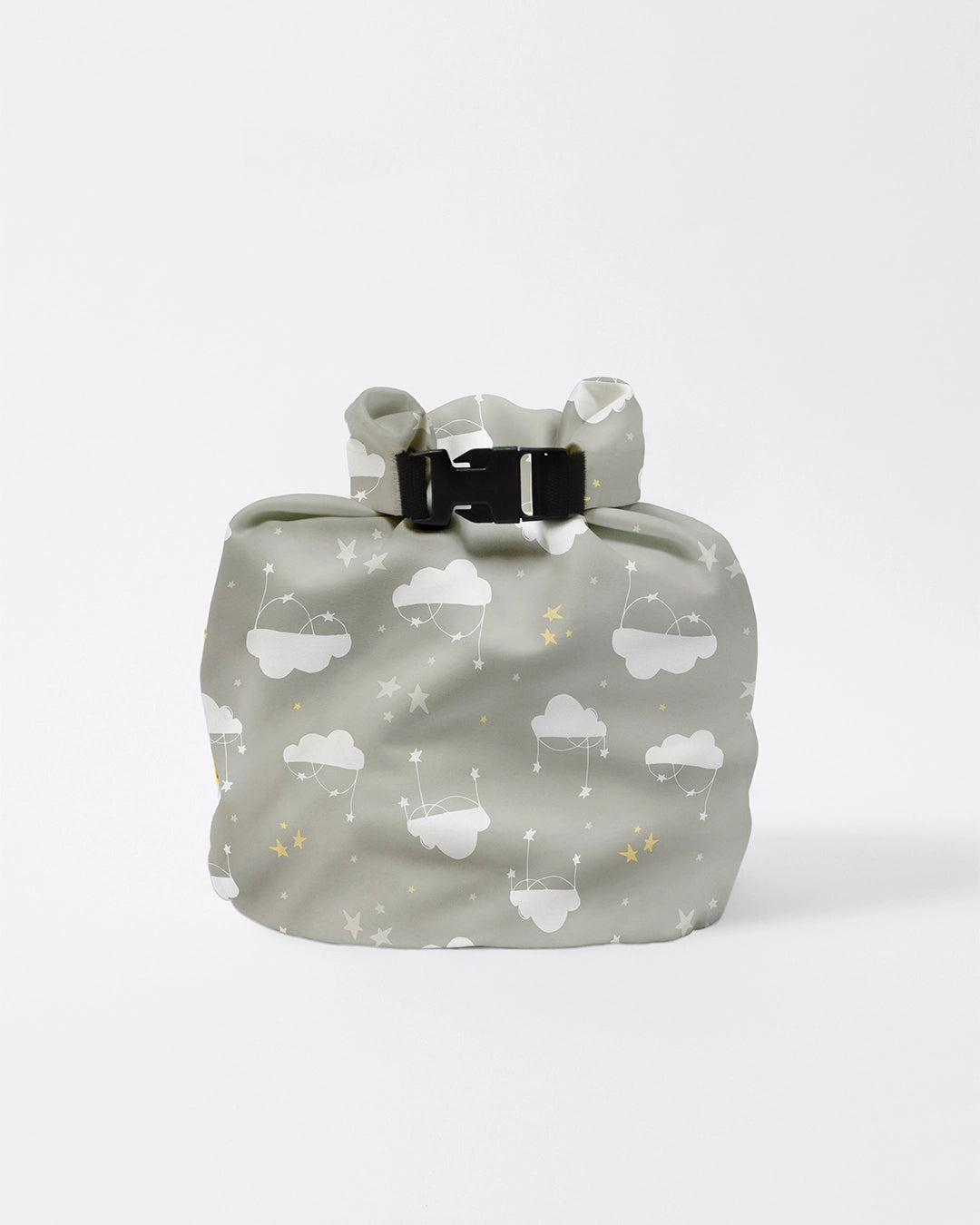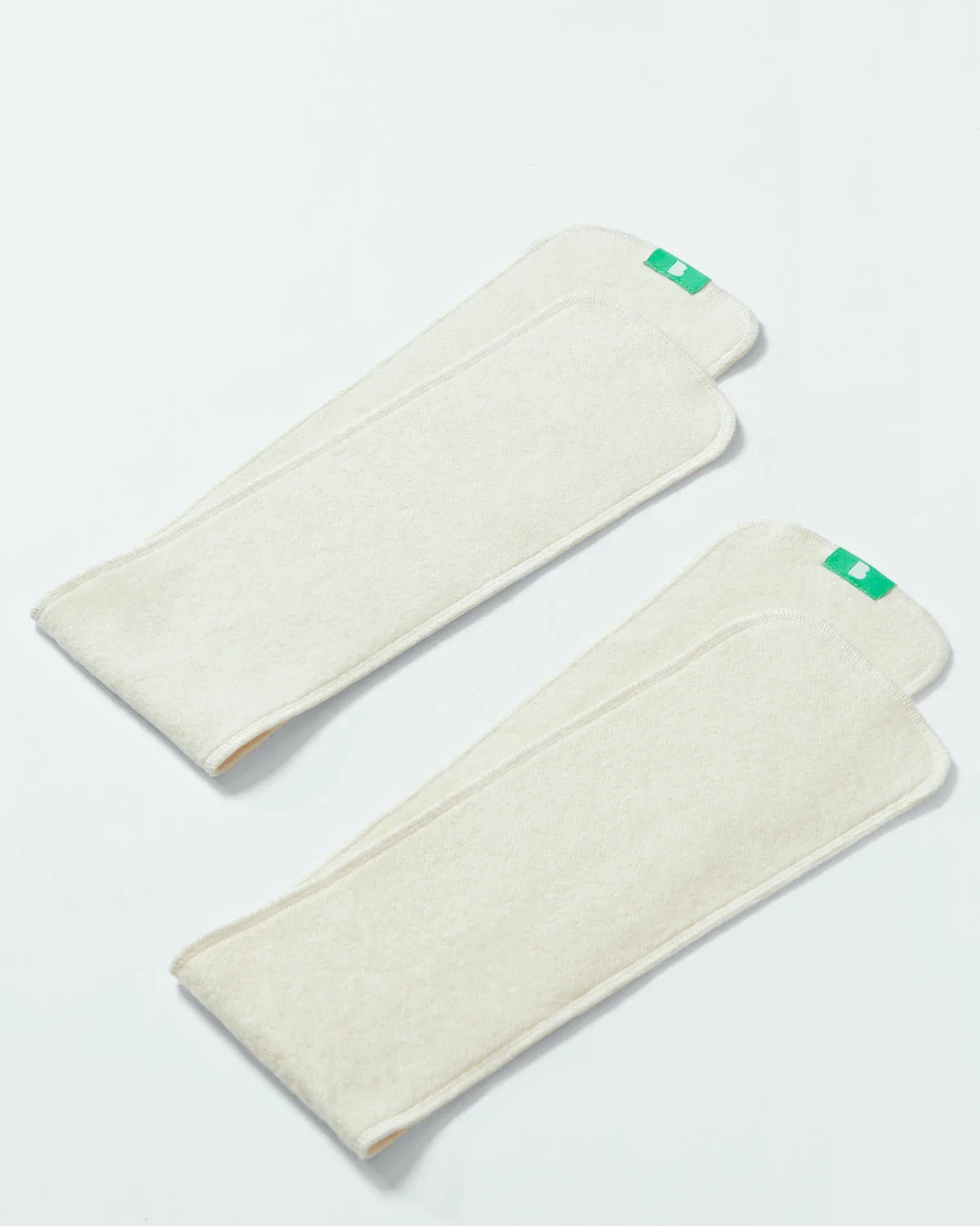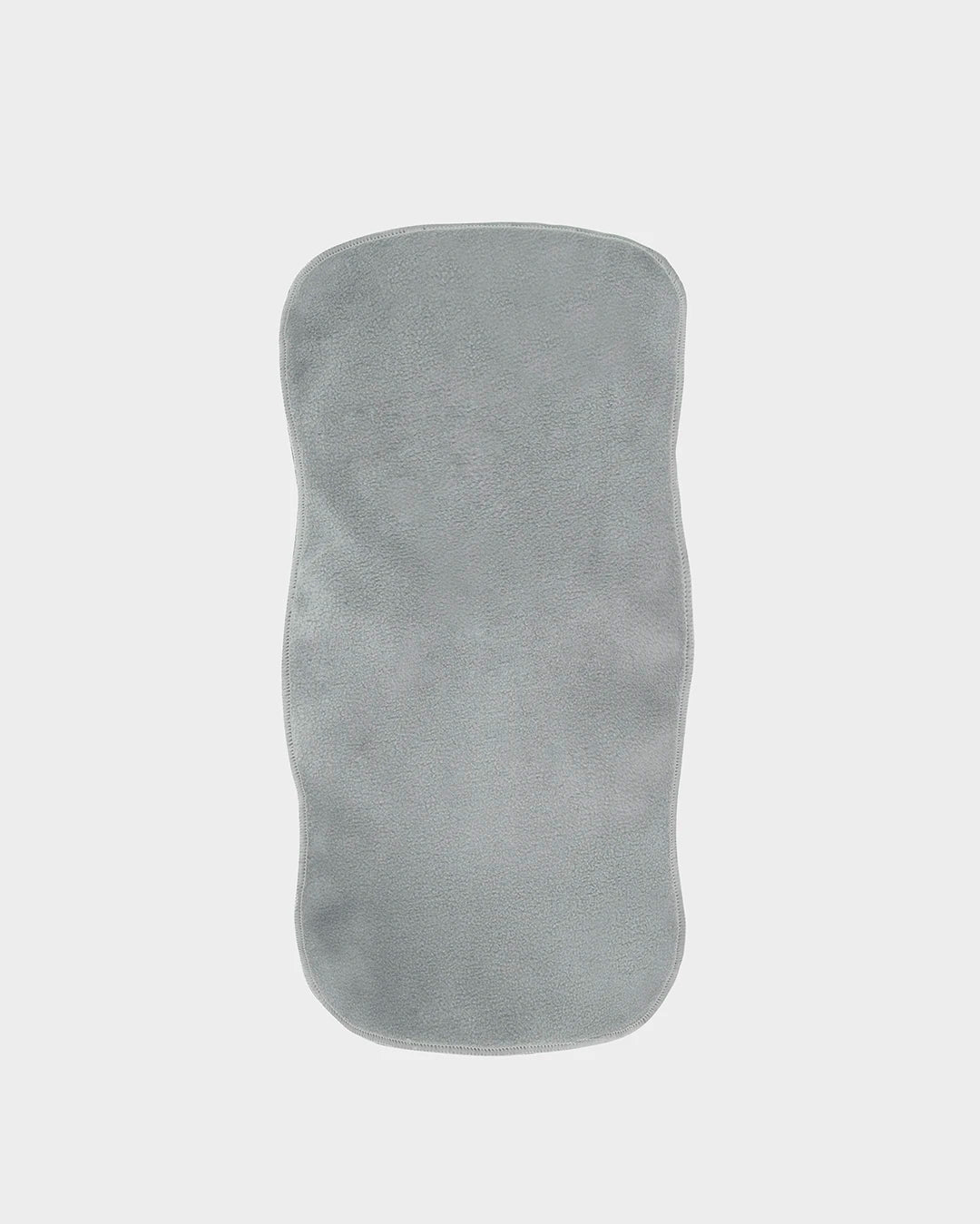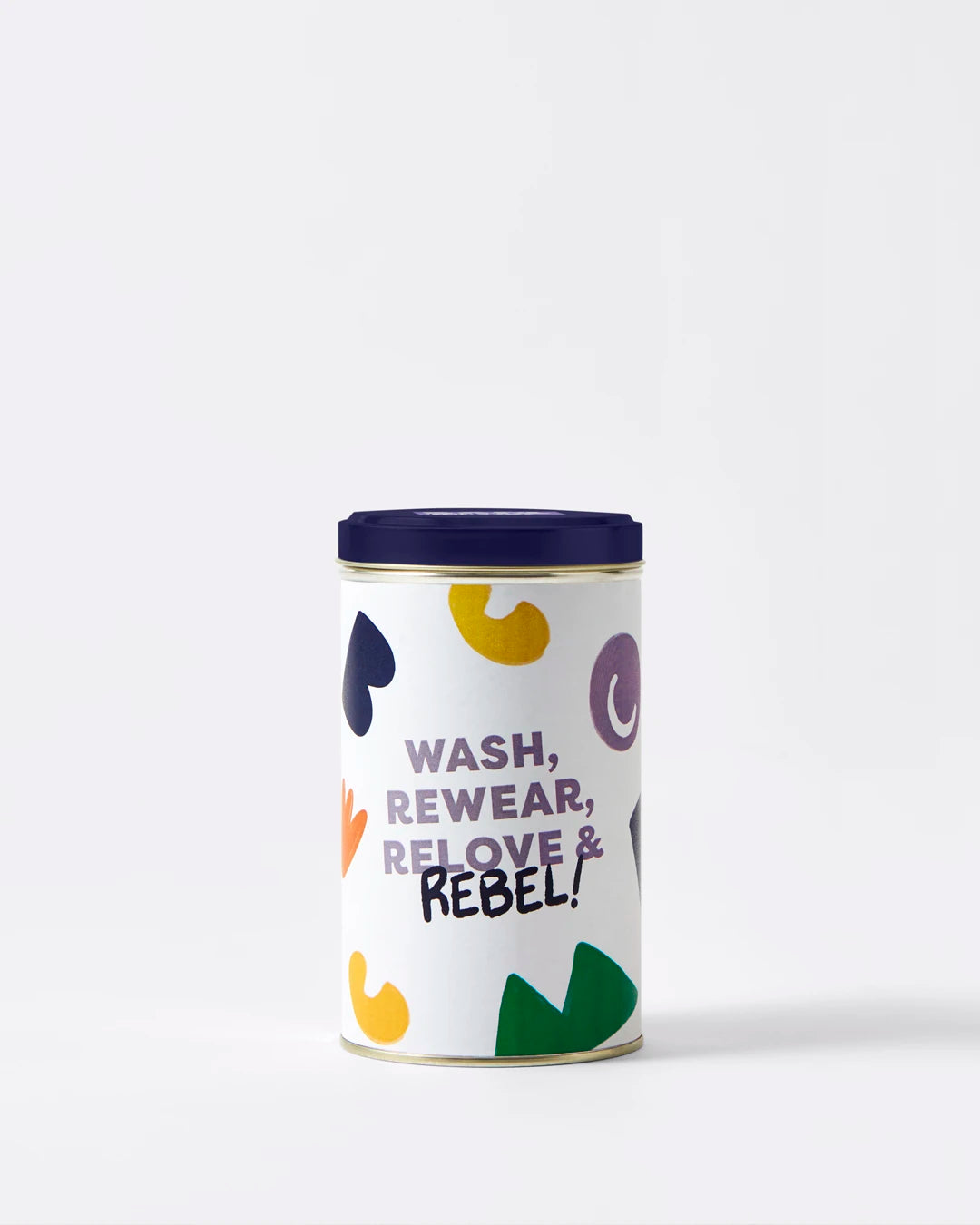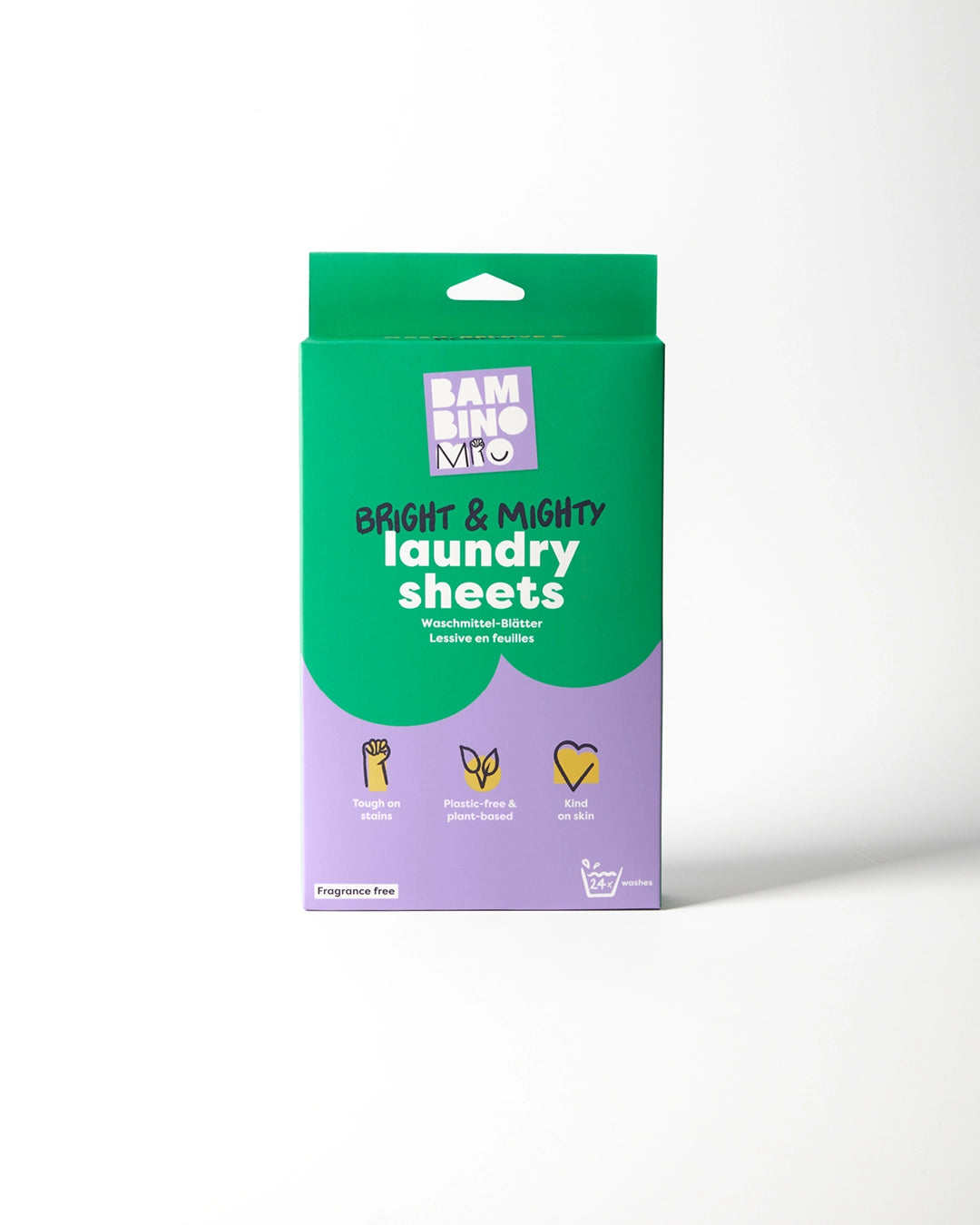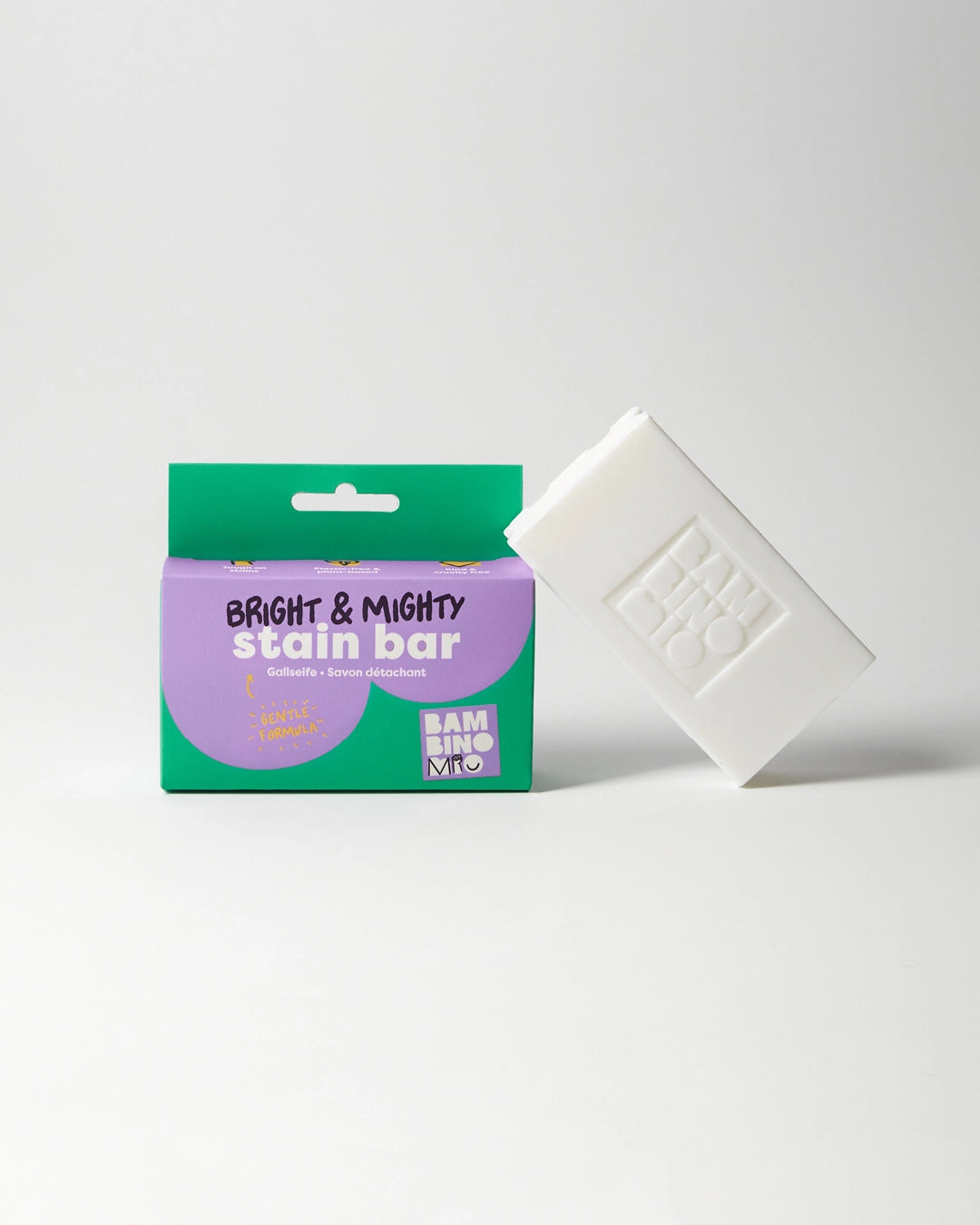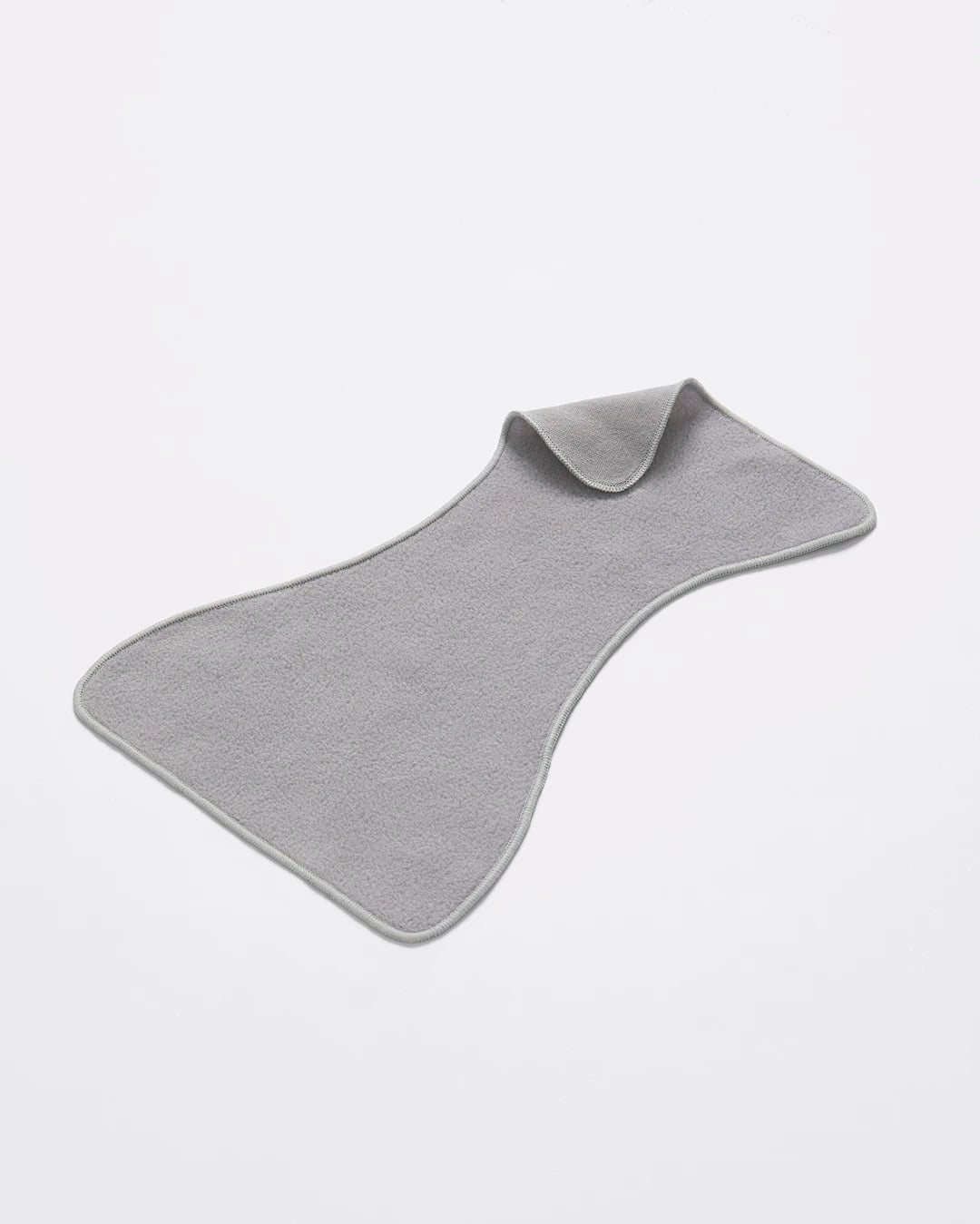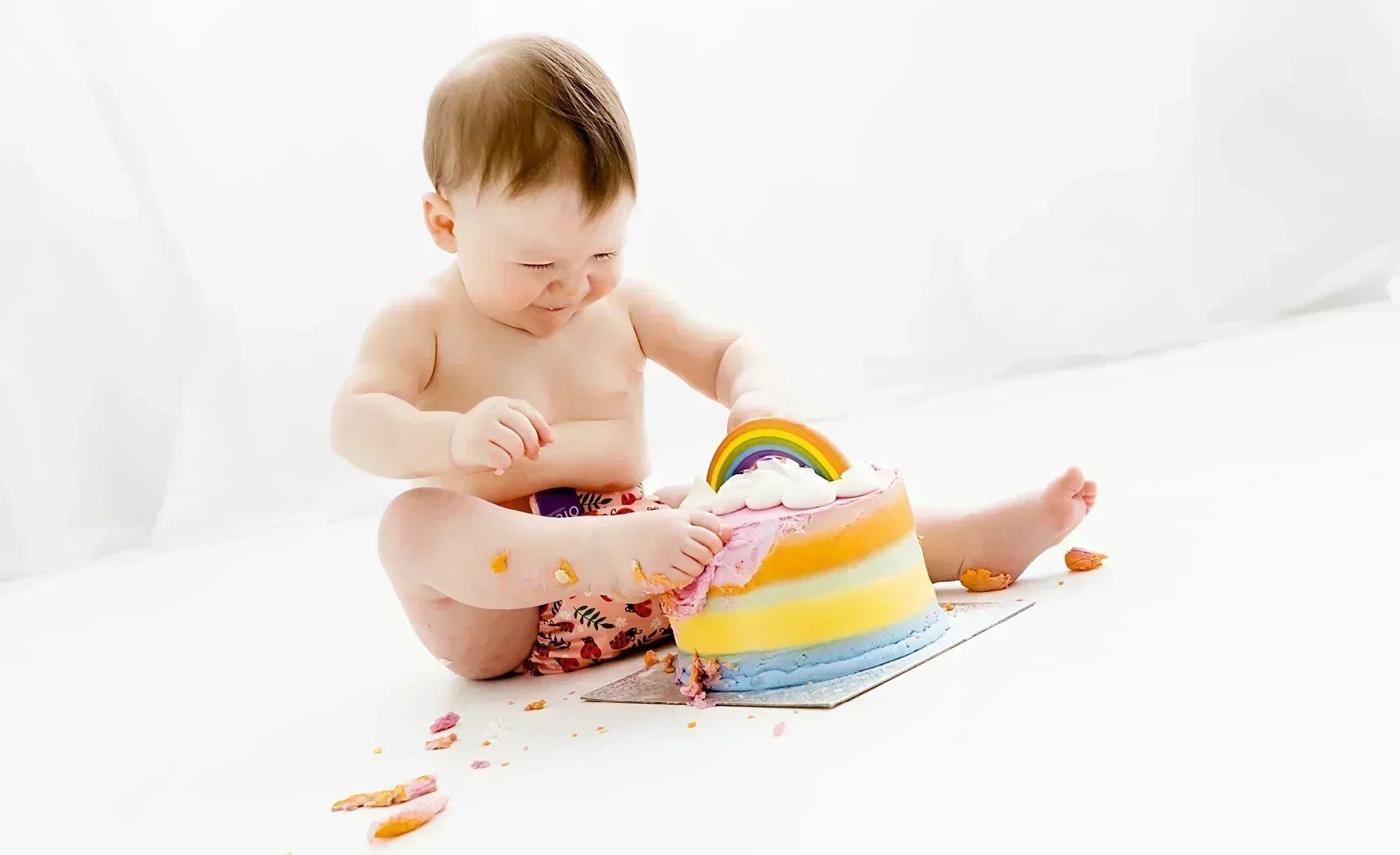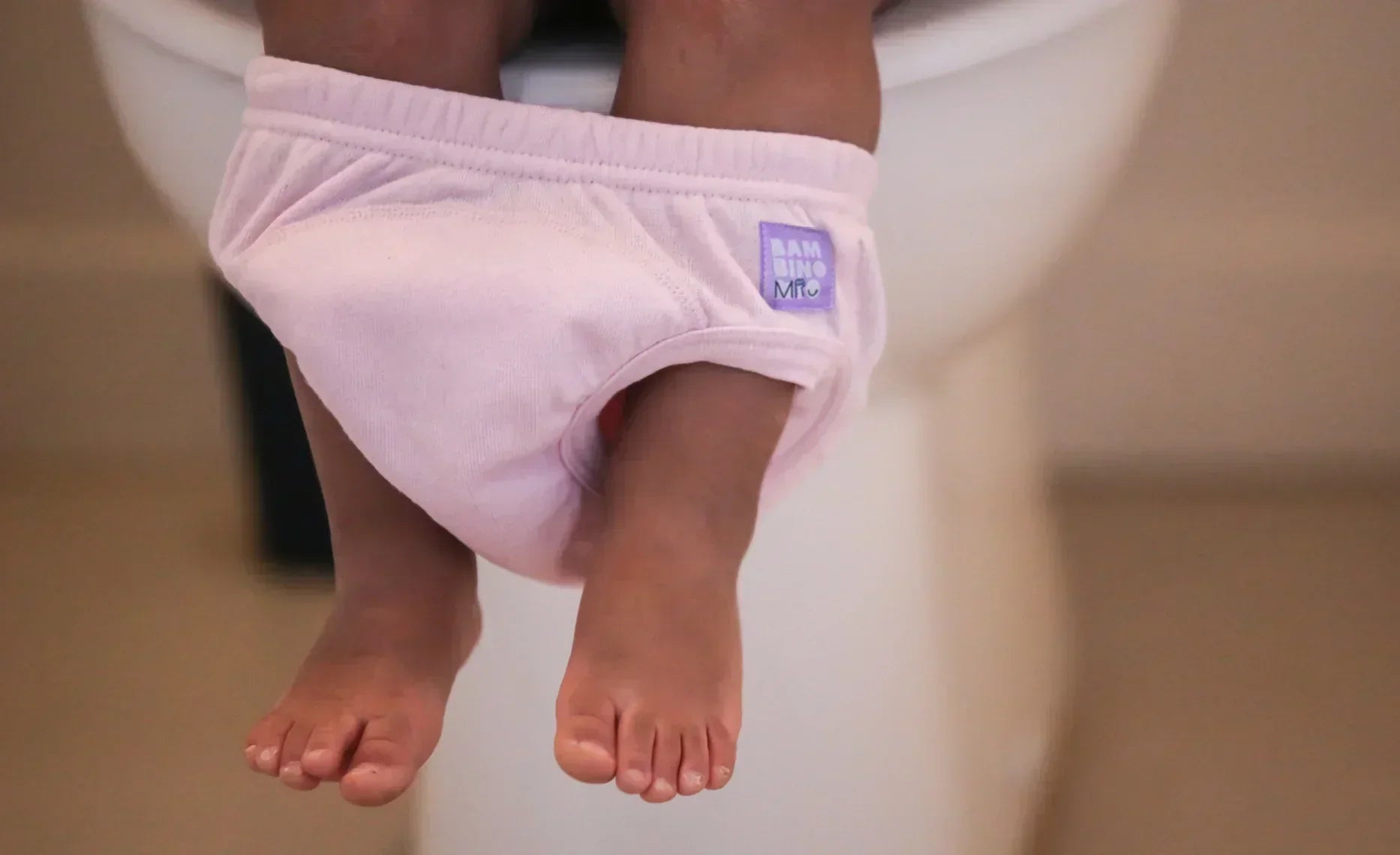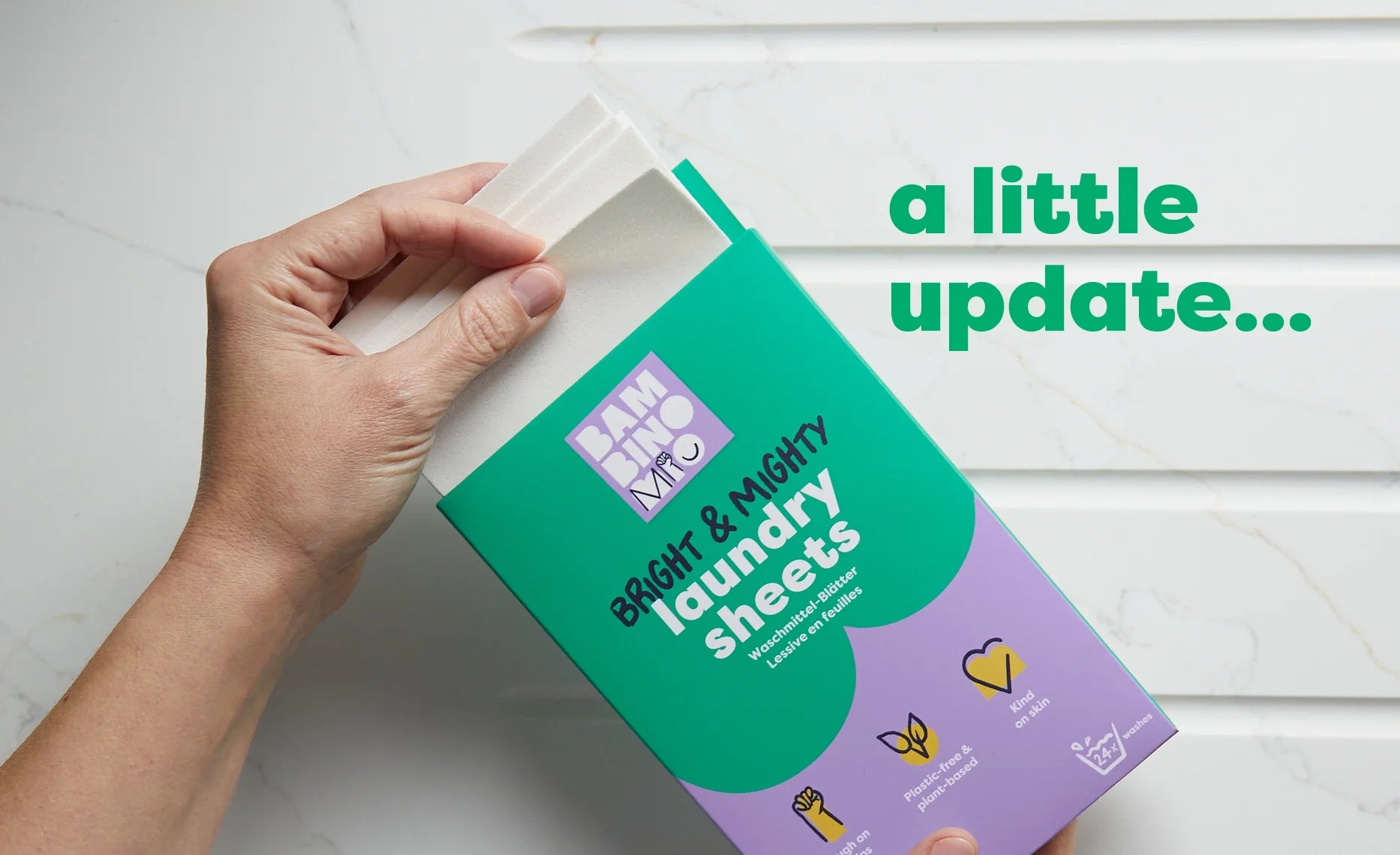How to Change Your Baby’s Nappy
Share Options
- Bambino Mio
- 21 / 10 / 2023
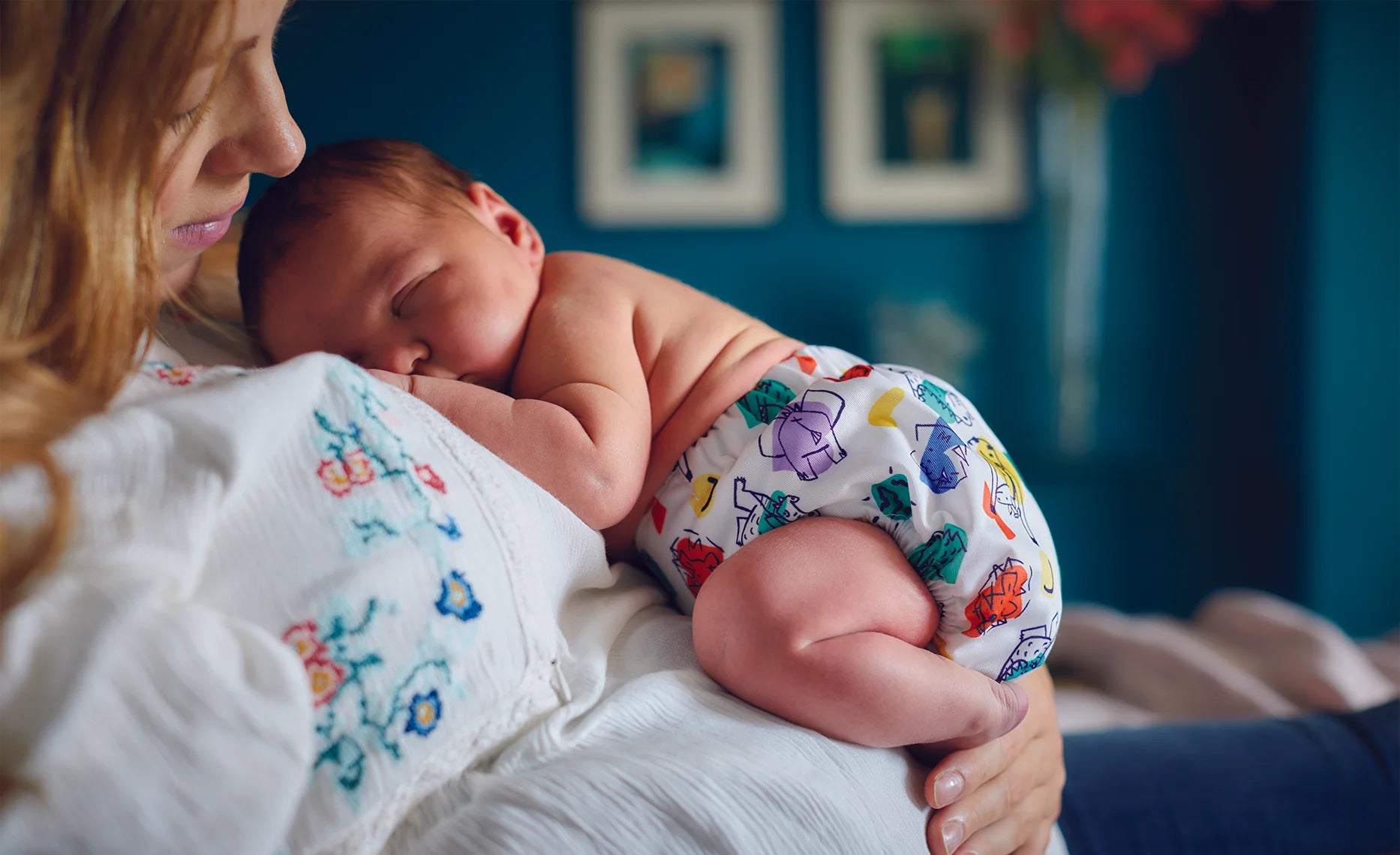
Inside this Article:
- Here’s what you need to know about changing your baby’s nappy
- Your baby’s nappy needs to be changed frequently
- What equipment do I need to change my baby’s nappy?
- Where’s the best place to change a nappy?
- Getting down to business - changing the nappy
- Let some air in
- Putting on a clean nappy
- Daytime nappy changes are a good bonding time
- What to do with the soiled nappy
- What does baby poo look like?
- How often should my baby poo each day?
- My baby sometimes cries when they poo
- My baby’s poo changes a lot, is this OK?
- Citations and References
You’ll be expecting to change a lot of nappies when you’re expecting a baby, but it’s possible that you’ve never done it before and that your newborn’s nappies will be the first you ever have to handle.
Don’t worry, as what often starts off feeling like a minor medical procedure will become second nature in a matter of days, especially if you know what to do beforehand.
Here’s what you need to know about changing your baby’s nappy
Your baby’s nappy needs to be changed frequently
Babies’ skin is very thin and delicate so you should change their nappy every two to three hours during the day and as soon as possible when they poo.
Leaving a wet or dirty nappy against your baby’s skin can cause nappy rash (1), which is painful and can lead to blistered skin if left untreated.
When we say lots of nappies, we mean it! You’ll probably need to change your baby’s nappy 10 to 12 times a day to start with, while older babies may need only six to eight fresh nappies each day.
What equipment do I need to change my baby’s nappy?
It’s really helpful to have all your equipment in one place before you change your baby’s nappy so that everything is within easy reach. What you need for a nappy change is:
- A changing mat
- Reusable wipes and warm water
- Your Stay at Home or Out and About wet bag
- A barrier cream to protect and moisturise your baby’s skin
- A clean Revolutionary Reusable nappy and a liner
- Clean clothes (if you’re dealing with a poonami)
Where’s the best place to change a nappy?
The best place to lay your baby to change their nappy is the floor, as they can’t fall off it! If you need to attend to another child during a nappy change, it’s easy for your baby to roll over and fall off a changing table.
If you do use a changing table, never turn your back or leave your baby’s side, as older babies in particular might wriggle around and fall off the edge.
Getting down to business - changing the nappy
If your baby has pooed, you can use the nappy liner to clean off most (or all, if you’re lucky) of the poo from their bottom. If you’re using reusable liners, you can either rinse the poo away into the toilet or, if you’re using disposable liners, throw them away in the bin.
You can then use your wipes to clean their nappy area thoroughly - you should do this even if there’s no poo, as you’ll need to clean up any wee as well. Make sure you gently clean any skin folds and crevices, too.
Girls need to have their nappy area cleaned from front to back to avoid introducing bacteria into their vulva and vagina.
Boys need a clean up around their testicles and penis, but you don’t need to retract (pull back) their foreskin.
Let some air in
If it’s warm enough, your baby can lie on the changing mat without a nappy on for a few minutes to reduce the chance of nappy rash - most babies love this and might kick their legs about a bit.
Putting on a clean nappy
Pro tip: When your nappy bundle is all dry and ready for some more action, place a nappy liner in each one as you pile them up at your changing station. This means one less thing to do when you’re busy baby wrangling.
It’s easy to put a cloth nappy on your baby. You simply lift up their legs and bottom and slide the reusable nappy and liner underneath them, then gently lower them onto the back of the nappy and pull the front up to their tummy.
Once you’re confident the nappy is in the right position, you can bring the side flaps up, adjust and fasten them, then dress your baby and place the soiled nappy and liner in your wet bag.
Daytime nappy changes are a good bonding time
Chat to your baby while you're changing them. Pulling faces, smiling and laughing with your baby will help you bond and help their development (2).
While you’re changing your baby’s nappy, smile, chat and sing to them as this will help them to develop language. It’s important not to show or express any disgust - no matter what you find in the nappy - as your baby doesn’t want to associate pooing with fear or shame.
What to do with the soiled nappy
Reusable nappies don’t need to be soaked and, thanks to modern washing machines and clever detergents, they don’t need a hot wash. A thorough wash at 40C, maybe with an extra rinse, is all your reusable nappies need to get sparkling clean.
Your hands also need a wash at around 40C! To prevent infection, wash your hands after each nappy change before you move onto any other activity.
What does baby poo look like?
Your baby’s first poo is known as meconium and this substance is very dark, like tar or marmite, and very sticky.
You can expect to see meconium sometime in the first 48 hours of your baby’s life, often shortly after birth. Over the next few days, this will change into a runny, mustard-coloured poo if you’re breastfeeding.
If you’re formula feeding, your newborn baby’s poo will probably be firmer, darker and smellier. If you switch to formula from breast, or when you start weaning, you’ll notice this sort of change in your baby’s poos too.
How often should my baby poo each day?
On average, newborns poo four times a day in their first week. By the time your baby is 12 months old, this will have reduced to two poos per day.
Breastfed babies often poo during or just after each feed for the first few weeks and then after six weeks or so there might be several days between poos.
If you’re formula feeding, you’ll probably change five pooey nappies a day, then one a day once your baby is a few months old.
My baby sometimes cries when they poo
This is nothing to worry about, although it can look alarming when your baby contorts their face and strains (3). As long as the poo is soft and “normal” for them, there’s no problem.
My baby’s poo changes a lot, is this OK?
You might notice some changes in your baby’s poos from day to day and this is also OK. As long as there’s no unexpected offensive smell or blood, or change in texture (such as watery or very hard), then there’s nothing to worry about.
If you do notice any unexplained and drastic changes like these, then call your GP or health visitor.
Citations and References
(1) National Health Service (NHS). ‘Caring for a Newborn Baby. Nappy Rash.’ 2023. Web. www.nhs.uk/conditions/baby/caring-for-a-newborn/nappy-rash
(2) The Guardian. ‘Talking to Babies May Help Shape Brain Structure, Research Finds.’ 2023. Web. www.theguardian.com/science/2023/may/15/talking-to-babies-may-help-shape-brain-structure-research-finds
(3) WebMD. ‘Why Babies Get Upset When they Poop.’ 2022. Web. www.webmd.com/parenting/baby/upset-when-pooping


